Is Prey the BioShock successor we've been waiting for?
Phil chats to Arkane about its latest immersive sim.
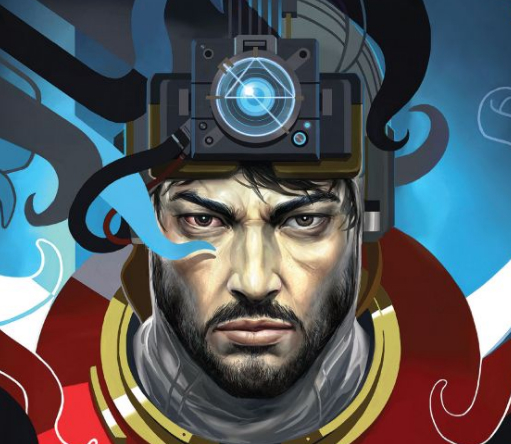
This article was originally published in PC Gamer issue 301. For more quality articles about all things PC gaming, you can subscribe now in the UK and the US.
Immersive sim is less a genre than a design philosophy. Its roots extend back to Looking Glass and Ion Storm. Ultima Underworld, Thief, Deus Ex and System Shock were the template for a new way of thinking about first-person design—where immersion is heightened through dependable systems and NPCs who respond to the player’s actions. It’s why JC Denton’s boss admonishes him for walking into the women’s toilets. Immersive sim developer Arkane Studios has, in recent years, been more focused on action and stealth. Dishonored’s combat is fast and decisive—you can disable a guard instantly by a chokehold or sword to the neck. Prey feels different, more deliberate.
“Dishonored is probably the legacy of Thief,” says Raphael Colantonio, CEO of Arkane and creative director of Prey. “Prey is the legacy of something like System Shock.” And, just like that game, it takes place on a space station.
Prey is set on Talos I, an orbital space station created to research shadowy non-terrestrial lifeforms that, surprise, has now been overrun by shadowy non-terrestrial lifeforms. Built from the shell of a Soviet satellite, the station is owned by the TranStar Corporation. It’s a lavish art deco space, augmented by futuristic technology—reminiscent of BioShock, albeit more functional and without the whale. You play Morgan Yu, a man (or woman) with ties to TranStar’s neuroscience research program.
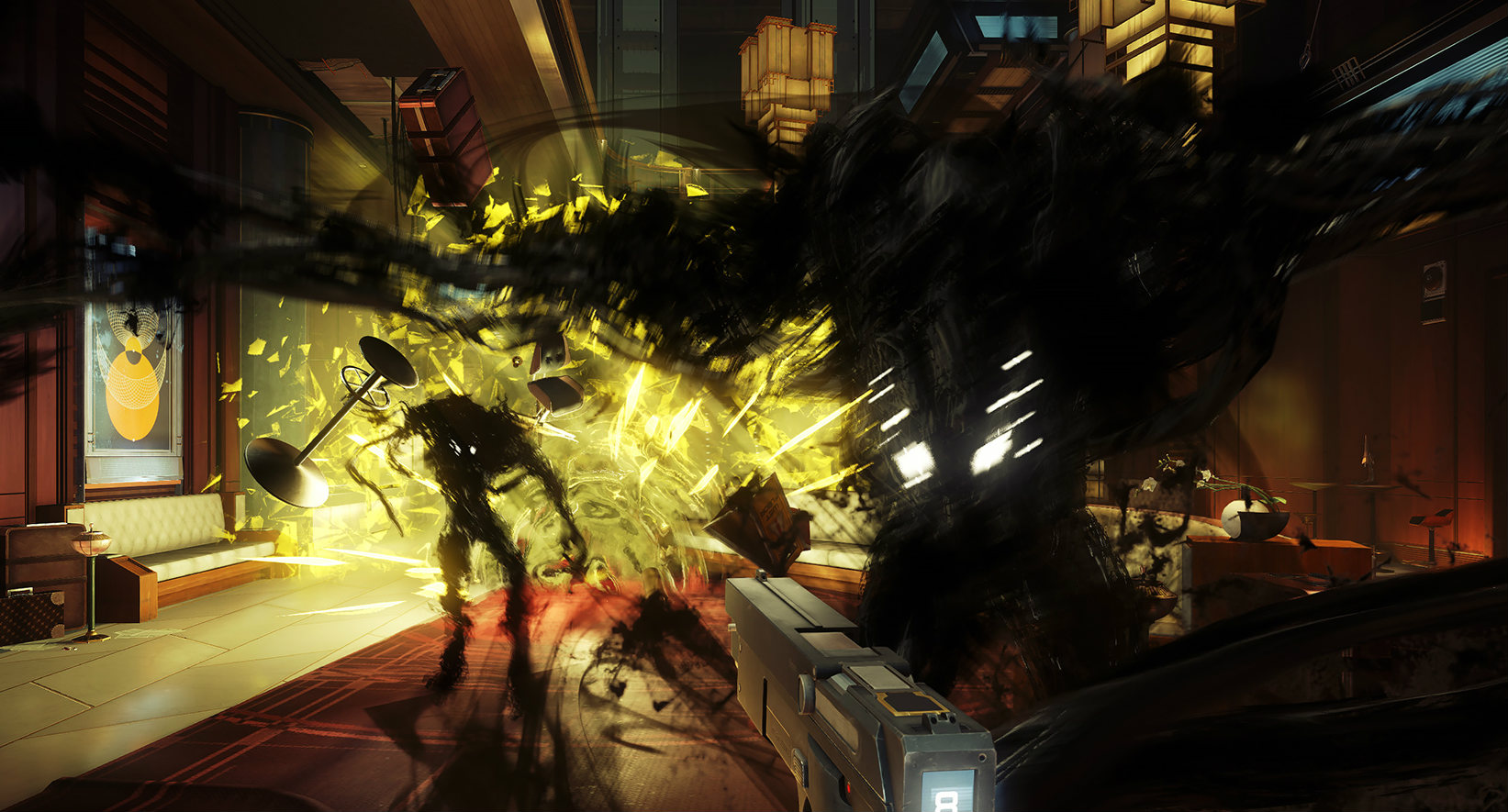
As part of Yu’s involvement in Talos I’s psychotronics division, you’re able to scan and acquire powers from the aliens—known as Typhons. There are survivors, but Yu will spend much of his time alone in the abandoned sectors of Talos I. Survival is a matter of using your tools, upgrading your powers and manipulating your environment. And sometimes transforming into a coffee mug.
Arkane’s attitude to systems design is summarised by a picture hanging on the wall of its Austin studio. Among a selection of motivational posters depicting Prey’s core design pillars is an image of Just Cause 2’s Rico riding on top of an airliner. The accompanying text reads, “Say yes to the player.”
“It’s an instinct we try to cultivate,” says Ricardo Bare, Prey’s lead designer. “When you’re playing a game and you hit an obstacle, you’re just naturally like, ‘I’m going to try this.’ We try, as developers, to remember that instinct and say yes to it.”
Arkane doesn’t create context sensitive, situational abilities. Everything that happens is a result of the way each individual system reacts. “Rather than saying, ‘this power interacts with this short list of things,’ and therefore building a lock and key relationship,” says Seth Shain, Prey’s lead systems designer, “we say, ‘this power has this effect, it creates this phenomenon in the world. That’s where the simulation part of ‘immersive sim’ comes in, and we expect everything else in the world to have a reaction to that.”
The biggest gaming news, reviews and hardware deals
Keep up to date with the most important stories and the best deals, as picked by the PC Gamer team.
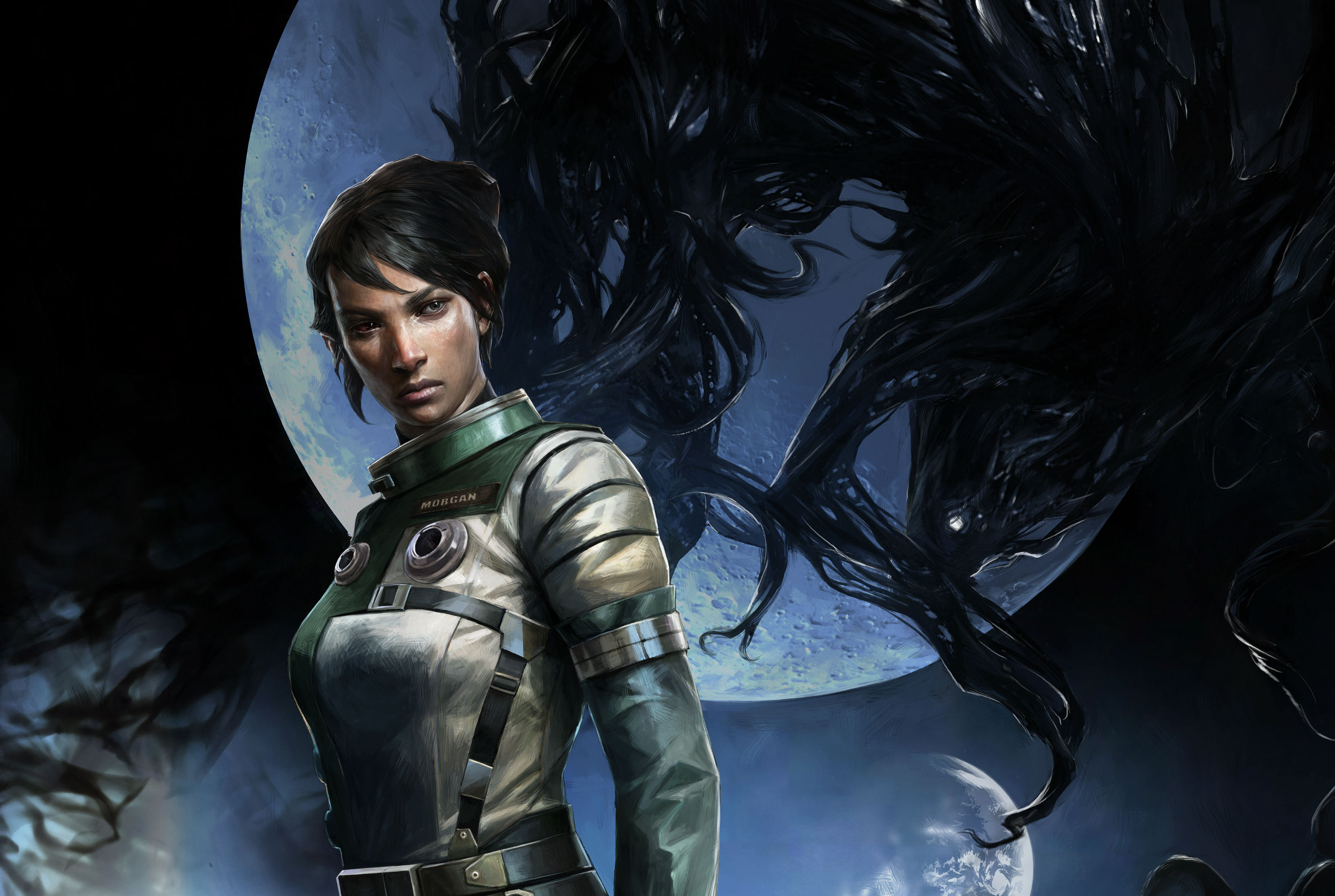
One of those powers, Mimic, lets Yu take the form of any item he can target—be it something innocuous, like a mug, or something more deadly, like a turret or drone. Another, Kinetic Blast, lets him place a powerful psychic explosion. What Arkane discovered was that the two can be used in combination. Yu can become a physics object, and use his physics power to propel himself across the room—even up to heights that would otherwise be difficult to reach. “No one really thought about that until a level designer tried it and then sent us a video that just blew our minds,” says Shain. “We were like, ‘oh my God, this is a great traversal tool!’”
The difficulty is in anticipating the things the player can do. “We don’t really do a lot of armchair design where we sit back and we just think about the matrix of possibilities,” says Shain. “Instead we just play the game, you know? We play the game as if we didn’t know any better, and we just look for opportunities for something to be cool.” Part of Arkane’s playtesting process is identifying solutions to see if they work the way a player might expect. “If the player has the expectation that A plus B equals C, then A plus B better equal C. Or something cooler,” says Shain. “Or, let’s take A or B out of the game so that the combination doesn’t present itself as an opportunity for disappointment. That’s a really important value for us. That’s basically what ‘say yes to the player’ means to us.”
Shain offers me a recent example. “We have this explosive tank in the game,” he says. “If you shoot it, it starts venting gas and flies around and stuff. You can mimic those.” That raised a question: what happens if Yu, when in the form of a tank, gets shot? “The expectation is that you get to fly around as that thing,” Shain says. “We’re definitely going to support that! Once we thought about that, we’re like, we’re not going to not do that now. Of course we’re going to do that! It’s one of those things that I’m glad someone thought to try it. Because it would be disappointing if we released that into the wild and then players tried it and were disappointed that it didn’t work.”

What happens if Yu, in the form of an explosive tank, gets shot?
It was the tools and powers that sparked my interest in Prey when I saw its debut footage at Quakecon. Like Dishonored 2, these abilities are designed to encourage creative problem solving, but, of those shown so far, the majority seem more multipurpose. You can Mimic an item to hide from an alien, but also to make yourself smaller in order to fit through small gaps. At Arkane, Bare plays through some new sections from a couple of Prey’s levels for me. In one, we meet a survivor holed up in the cafeteria kitchen. He offers a sidequest: visit the crew quarters to retrieve an item. Instead, Bare tries to Mimic a small item to roll through a gap in his barricade. He fluffs the execution, and we move on.
Had he persisted, the suggestion is that we could have skipped that mission entirely—Prey’s quest system dynamically updates based on Yu’s relationship to the quest giver. “If I had managed to get in there,” Bare says, “the objective he gave me would have failed because he doesn’t like me any more. But then I could have just done whatever I wanted in there, I could use his recycler, take all his stuff, and that would have just bypassed that whole section of the game.”
And when Bare says he could have done whatever he wanted in there, he means it. “One of the things that we decided up front was—and it’s a little bit of a throwback to some of the older games like Ultima Underworld—any time you run into a character ... you can kill them. We try not to make it easy for you to do that, but it’s totally possible.” Unlike Dishonored, however, there’s no binary Chaos system to punish you for your lethality. “It’s more what I would call natural consequences,” says Bare. “If you kill this person then the hing they would have done at the end of the game is not possible ... there are natural consequences to being a jerk.”
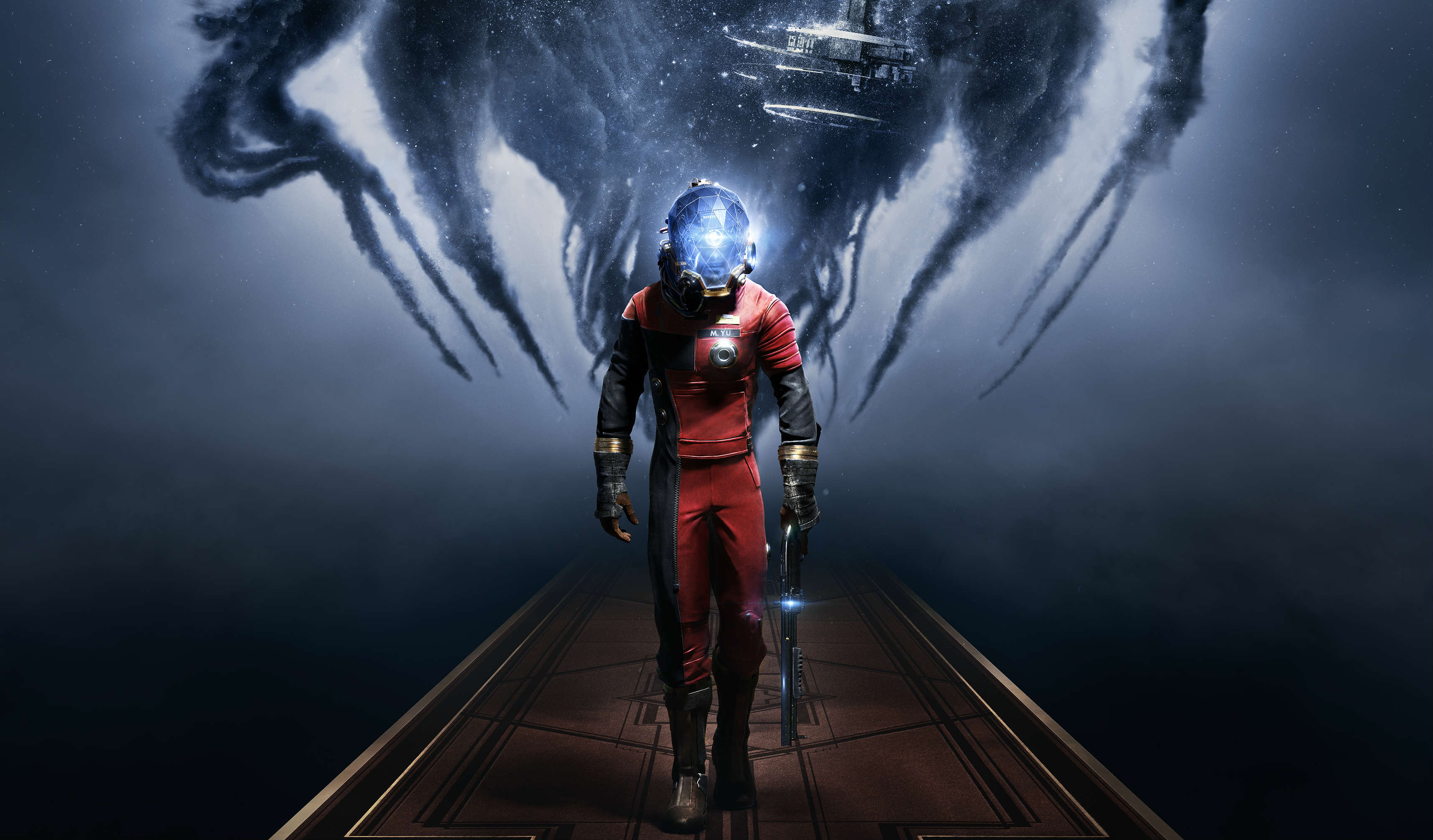
In addition to alien powers, Yu has access to other tools and abilities. A recycler charge causes a large implosion, sucking up nearby physics objects and converting them into resources for crafting. The Gloo Cannon shoots globs of glue that can disable enemies, or create temporary blocks Yu can use for cover or to climb to new areas. In addition, Yu can spend his upgrade points on more human traits, such as hacking or strength. If you were in any doubt over Prey’s immersive sim credentials, know that you can unlock the ability to pick up and throw larger, heavier boxes.
Given the sheer range of possibilities, there are plenty of ways for players to solve a particular problem. “We know as part of our cultural design DNA that if you put something that the player can see, we’re probably not going to be able to prevent the player from getting it,” says Shain. “The player’s going to be able to use the Gloo Cannon to make a platform to climb up there, or level up their jump power and jump up there, or have the chip set on the propulsion suit that lets them zoom up, or use the Lift power to get up there, or use Kinetic Blast to blast the thing down.”
Where many of Prey’s challenges can be solved creatively, or bypassed entirely, Arkane still needs the player to follow the critical path of the story. I’m shown one such mission, which requires Yu to open a biometrically sealed lock. That means hunting down multiple voice samples of a specific crew member, Danielle, in order to fool the lock into granting access. While the mission itself can’t be skipped, you have options as to how you go about finding the relevant samples. Do you hack into Danielle’s emails; repair her transcribe, which records her communications; or follow the clues that lead to the recording of her girlfriend’s pen and paper RPG session? How you accomplish your goal will be different based on the build of your character.
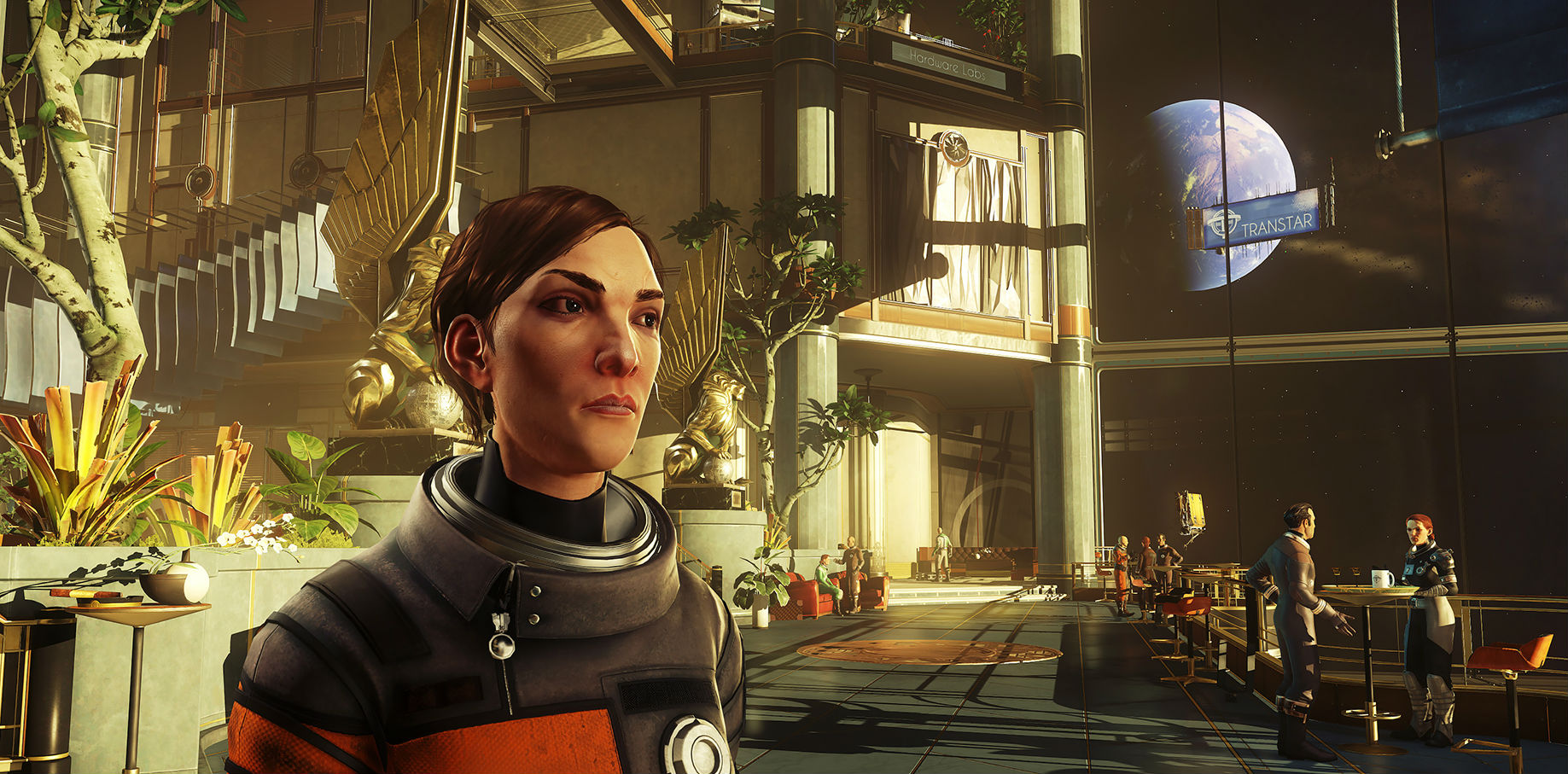
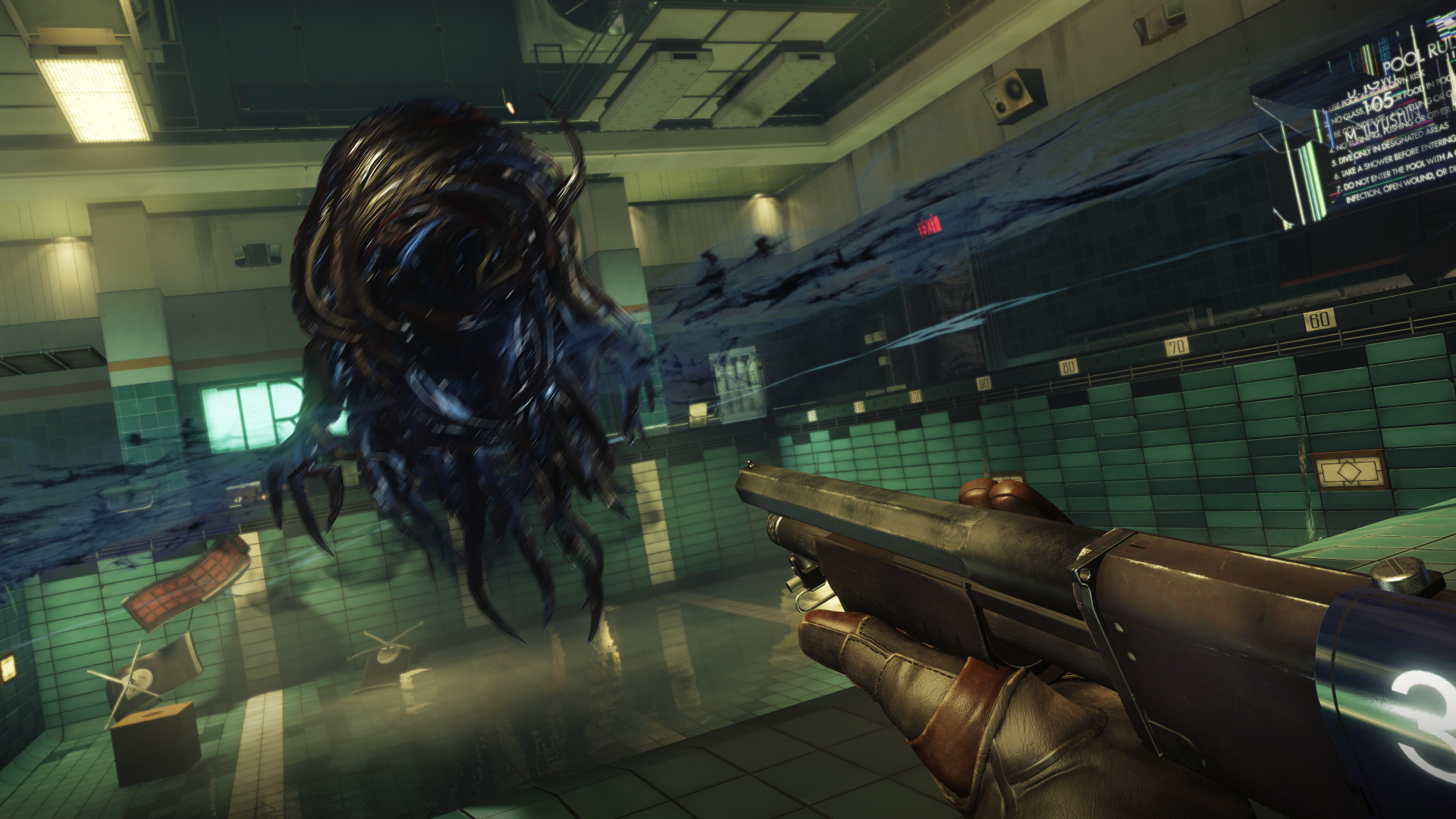
Prey's latest trailer does not pull any punches. Head this way to check it out.
More than the setting, it’s these design touches that remind me of System Shock. Prey features more RPG systems than any of Arkane’s games since their first, Arx Fatalis. “When we started conceiving the kind of game we were going to make next, it was a deliberate choice to go back to something like Arx Fatalis and have more RPG components into it,” Bare tells me. Not only is there a crafting system, enabling you to 3D print weapons and items, but the upgrade systems feel more geared towards specialisation than in Dishonored.
“My prediction is that the easiest way to deal with the opposition and challenges of the game is going to be the most direct path,” says Shain, when I ask him about the character builds he expects to emerge. “I think a lot of players will choose to go that way: focus on their shotgun, pistol and other weapons, and make sure that they’re upgrading those, keeping them in good repair and fabricating a lot of ammo.” Doing so, however, will define what the player can’t do. If you spend your points improving combat skills, and your resources fabricating ammo and repairing weapons, you won’t have as many Neuromods to invest in Typhon powers, or be able to fabricate as much Psi (think mana, but for alien stuff).
Players less interested in the path of least resistance could instead enhance stealth. Prey isn’t specifically a stealth game, though. “It’s one axis that players can specialise in, if they want to,” says Bare. “Or they can just dabble in it. I imagine if people are going to be scanning the aliens, then stealth is probably the easiest way to do that.” In keeping with the RPG focus, Prey’s more powerful enemies have larger health bars. By default, you won’t be able to take them down instantly, although you can upgrade sneak attacks to maximise damage. “If you have the maximum sneak attack and your wrench is levelled up I think we’re going to see a lot of players just sneaking up and just one-hitting some enemies,” says Shain.
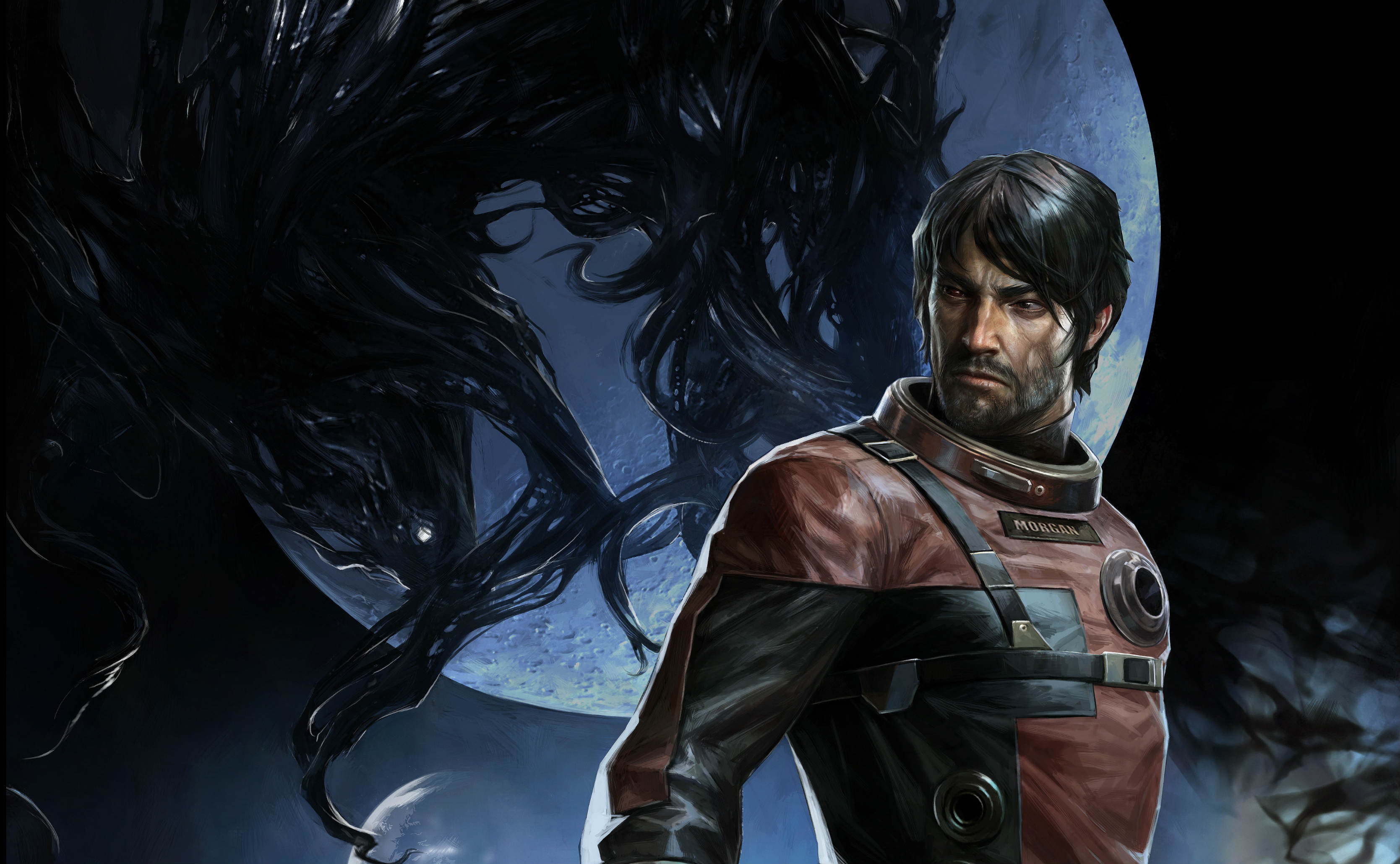
Could Prey be the next BioShock—even the next System Shock?
Bare encounters one such enemy in the Telepath—a hovering Typhon type that can mind-control survivors. He’s not specced for maximum wrench, and so it’s a long fight, made easier by the fact that before initiating, Bare is able to sneak around the arena, using a stun gun to render the Telepath’s thralls unconscious. Alternatively, they can be killed, but, as with the earlier quest giver, such choices have consequences. Once again, I’m reminded of BioShock. The combat looks frantic, but the pace lets you to react to what’s happening. Bare starts by unloading shotgun rounds, but soon the weapon starts to jam—a byproduct of the prevalence of 3D printing is that weapons in Prey are cheaply made and unreliable.
Instead, Bare switches to Kinetic Blast. Time stops when you’re aiming alien powers, and moves in pace with you as you position the reticule. This Superhot-style system creates pockets of space for players within such protracted encounters. “These are pauses during which you can make tactical choices and switch gears,” Bare explains. “It can get incredibly lethal and some of the monsters are super difficult. ... Hit the targeting button, freeze everything for a second so you can go, ‘OK, what am I gonna do? I have three shotgun shells left, I’m also out of Psi, but I still have plenty of health.’ You pick something and go.”
Kinetic Blast works at first, but then the Telepath hits Bare with a Psychoshock attack, temporarily disabling his powers. Switching gears, he equips the Gloo Cannon, coating the shadowy blob and sending it crashing to the floor. This buys him enough time to scan it and thus unlock Psychoshock for himself, while also learning details of the creature’s resistances and weaknesses. Now Bare can turn the tables, disabling it and making the final stage of the battle far easier.
I’m impressed, and excited. I enjoy Arkane’s games, but wasn’t sure how Prey would distinguish itself. Having seen it in action, I’m convinced. There are plenty of familiar elements, but also things that seem to set Prey apart from its immersive sim forebears. With Dishonored 2, Arkane proved it had a gift for designing complex and entertaining systems, and Prey seems incredibly generous in its offering of clever, varied tools and abilities. Could Prey be the next BioShock, perhaps even the next System Shock? It’s too early to call, but the signs look good.

Phil has been writing for PC Gamer for nearly a decade, starting out as a freelance writer covering everything from free games to MMOs. He eventually joined full-time as a news writer, before moving to the magazine to review immersive sims, RPGs and Hitman games. Now he leads PC Gamer's UK team, but still sometimes finds the time to write about his ongoing obsessions with Destiny 2, GTA Online and Apex Legends. When he's not levelling up battle passes, he's checking out the latest tactics game or dipping back into Guild Wars 2. He's largely responsible for the whole Tub Geralt thing, but still isn't sorry.

